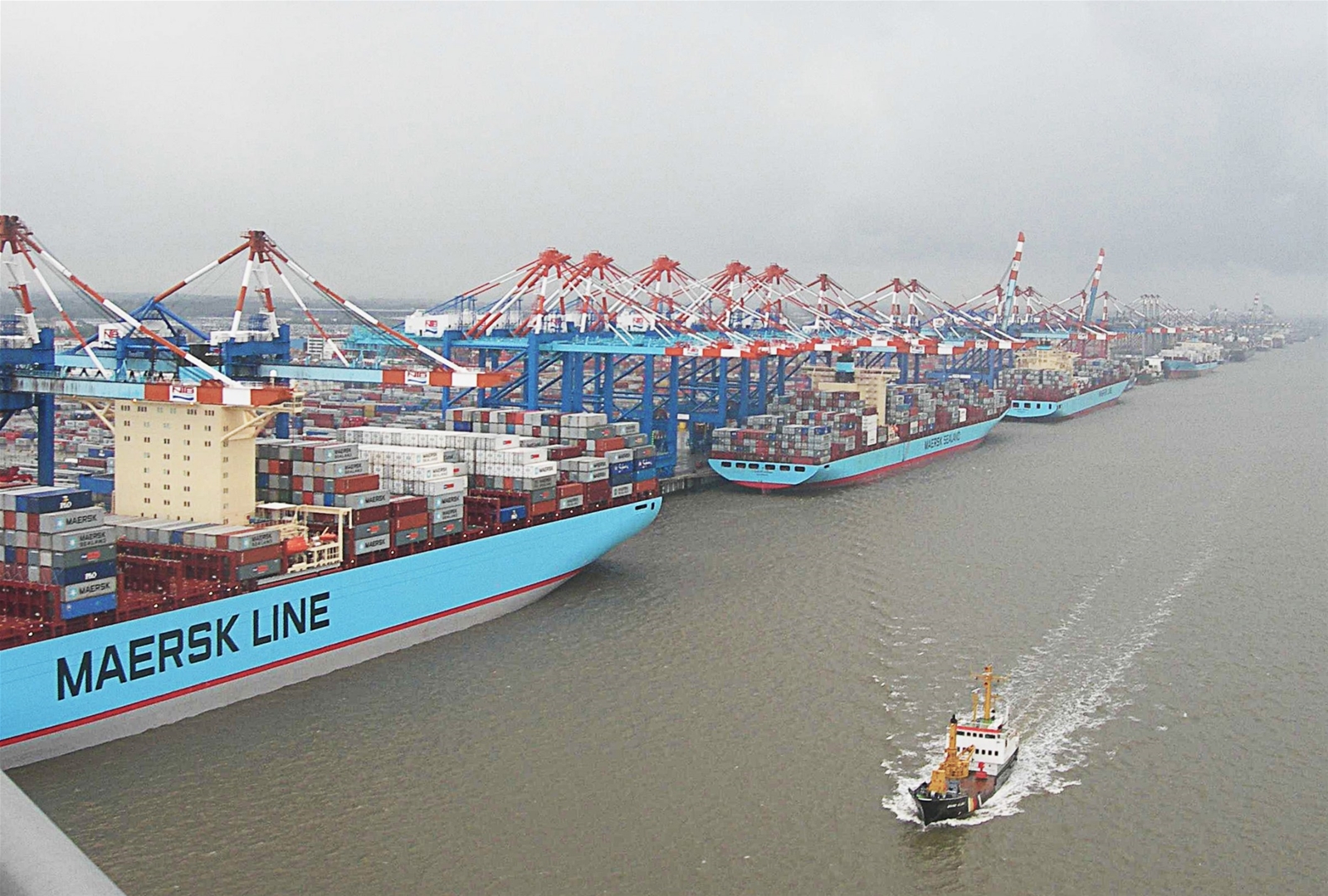Denmark-based Maersk, the world’s largest container ship and supply vessel operator, has opened a new logistics center in Vietnam's northern province of Bac Ninh as it looks to capitalize on the dominant "China plus one" sourcing strategy in Southeast Asia, reported The Loadstar.

The center is located at the Vietnam Singapore Industrial Park (VSIP) in Bac Ninh, around 20km from Hanoi, and covers an area of 11,000 square meters.
Maersk’s new Bac Ninh facility is 120 kilometers from Hai Phong port, which has undergone significant development and gained its first direct transpacific service to the US in April, The Alliance reported.
Marco Civardi, Maersk Vietnam managing director, told The Loadstar the US-China trade tensions were accelerating the “movement of the pendulum” towards increased sourcing in Southeast Asia.
“Thanks to the "China plus one" diversification strategy that has been in place for some years, Vietnam is getting into a position where investment and manufacturing are becoming much easier to establish.”
For example, he said, Vietnam was considered the most liberal country within ASEAN, having signed the highest number of free trade agreements, while it also “offers stability and a sound legal framework”.
“We see strong demand growth toward the US market,” Civardi was quoted as saying.
“North Vietnam is continuously attracting FDI as a result of "China plus one" and the increased sourcing will act as a further constructive push toward improving the competitiveness of the logistics ‘hardware’, including physical connectivity of roads/rail and ports/airports, as well as ‘software’ in terms of effective customs clearance processes.”
Some commentators have pointed to Vietnam’s rising labor costs as a potential hurdle as more hi-tech players follow Samsung’s lead in setting up production bases. But Civardi said labor cost arbitrage was increasingly less of a critical factor.
“A recent McKinsey study illustrated that less than 20% of goods traded globally is moving from low-wage to high-wage countries,” he explained. “Simply put, the logistics aspects such as supply chain efficiencies and time-to-market are becoming increasingly more relevant to determine total landed cost, which helps guide companies in their decision of where to source their goods and components from.”
Vietnam’s logistics sector recorded growth rate of 12 – 14% annually over the last few years, reaching an annual revenue of US$40 – 42 billion and contributing 4 – 5% of the GDP, said a VCCI report.
Statistics showed Vietnam currently has 30,000 logistics companies, an increase from 23,000 in 2016, including 4,000 operating in cargo transportation domestically and internationally.
In 2018, Vietnam ranked 39th out of 160 countries and territories in the World Bank’s Logistics Performance Index (LPI), up 25 places from 2017, and only behind Singapore and Thailand in ASEAN.
Vietnam’s logistics and warehousing market is expected to register a positive compound annual growth rate (CAGR) of 13.3% in the 2018-2022 period, reaching revenues of US$86.7 billion by 2022, according to Ken Research – a market research and consulting company based in India and the US.

















